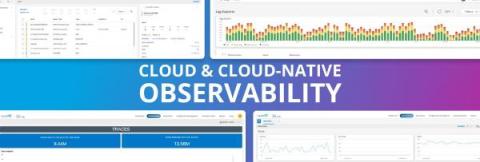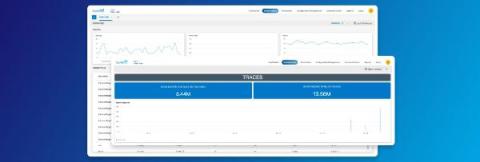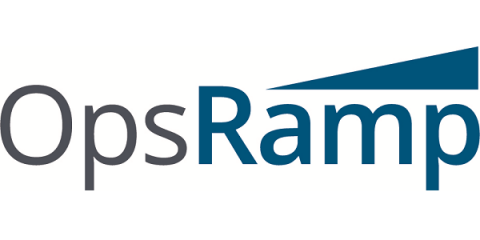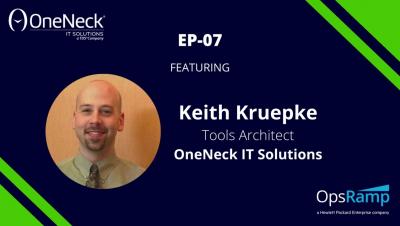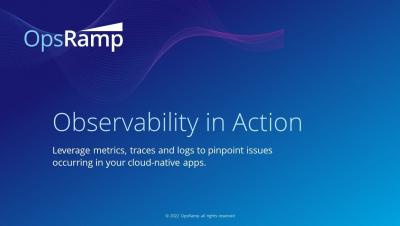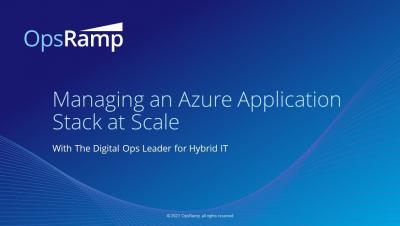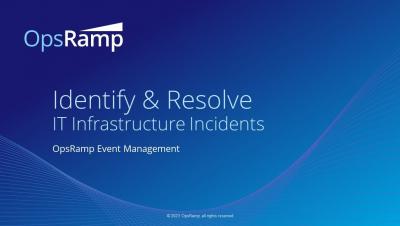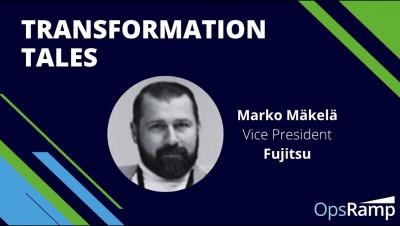Demystifying Cloud and Cloud-Native Observability
In the ever-evolving and fast-changing landscape of cloud computing and modern software development, achieving 360-degree visibility into your critical business services, applications and infrastructure is essential. This is where observability comes into play. Observability, especially in a cloud-based or cloud-native environment, has become a critical aspect of maintaining and optimizing complex systems and services.


